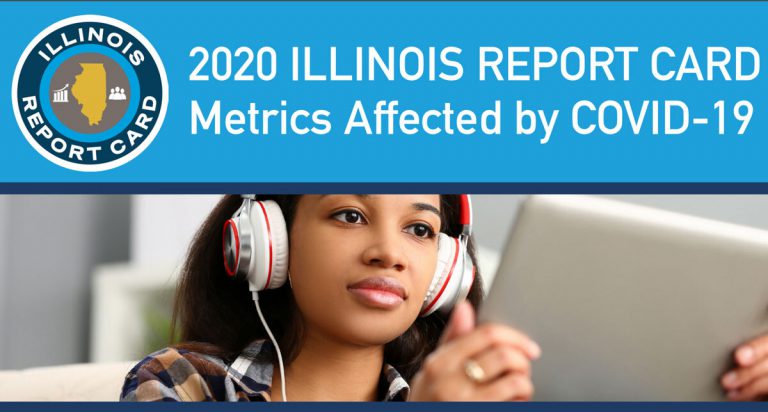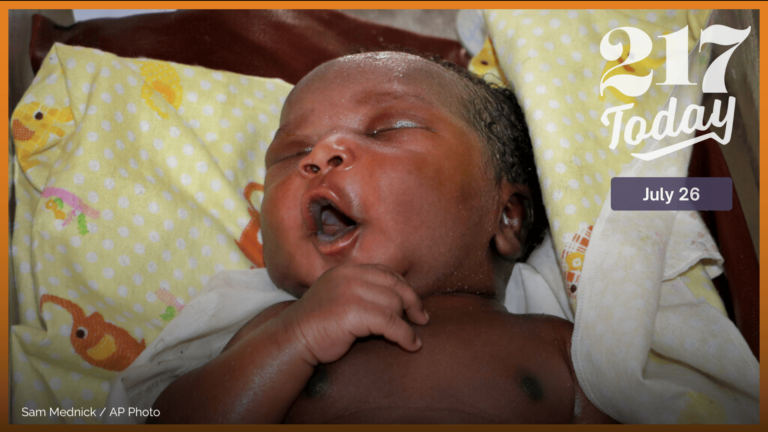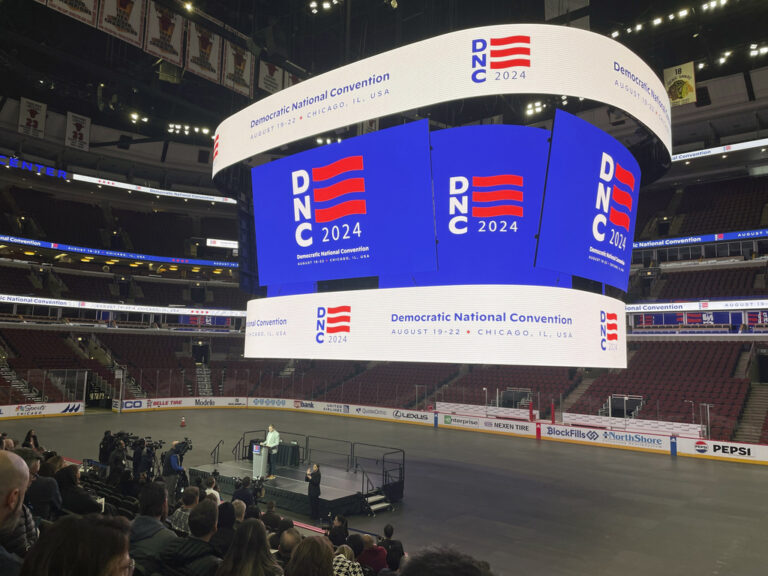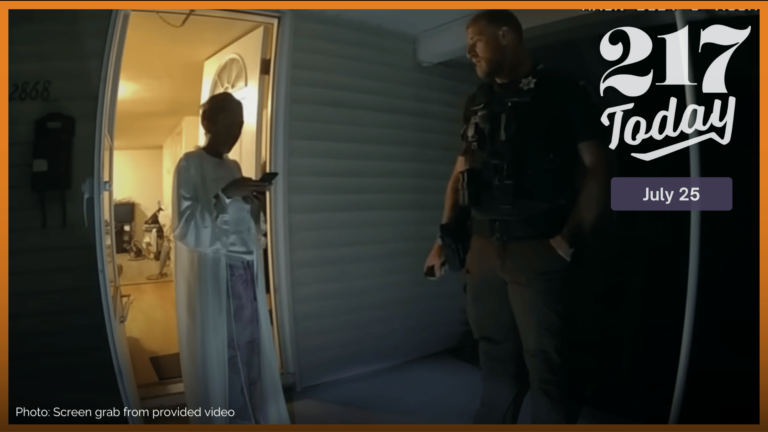SPRINGFIELD – The Illinois State Board of Education (ISBE) published its annual school report card data Friday, but state officials urged caution when interpreting that data due to the impact of the COVID-19 pandemic on data collection for the 2019-20 school year.
State Superintendent Carmen Ayala said during a call with reporters this week that assessment data wasn’t collected last spring because assessments didn’t occur, and the pandemic interrupted data collection for a school climate survey. Additionally, state officials warned against comparing certain data points included on this year’s report card to prior school years and between school districts. State officials said high school graduation numbers reported by districts are accurate. However, graduation requirements were changed last year as a result of school closures.
“The graduation data is not comparable to the year prior,” Ayala said. “ISBE also strongly encouraged schools to amend their normal grading policies in the spring during the suspension of in school in person instruction.” Ayala adds that data points calculated to determine whether ninth grade students are on track are also not comparable to prior years.
Additionally, attendance data, while accurate for each school, are not comparable between districts or to prior years, according to ISBE spokesperson Jackie Matthews. When schools were forced to close due to COVID-19 in the spring, there wasn’t a standardized method of taking attendance while students were learning remotely.
“For instance, you might have had a school where they have paper packets that they collected once a week. And so they may have marked that student in attendance all week if they turned in their paper packets for that week, versus you may have had a school that had a fully one-to-one program of technology where every student had computers, and they were able to actually take real time attendance each day for each course,” Matthews said.
She said the state issued protocols for taking attendance this school year, which will also denote whether a school is operating in person, remotely or a hybrid of the two.
Summative designations, which indicate how well a school is serving its students, will remain the same on this year’s report card given the lack of achievement data, officials said. However, schools previously classified as lowest performing will now be classified as “comprehensive,” while those classified as underperforming will now be classified as “targeted,” Ayala said.
State officials do not currently know how COVID-19 school closures impacted student learning across Illinois’ 862 school districts, said Brenda Dixon, chief research and evaluation officer for ISBE.
Dixon said ISBE is conducting a learning loss study by collecting data from a sample of districts across the state.
“They’ll be submitting to us several years of their data, and we’ll be able to see how much there was as far as learning gains or loss of stability,” Dixon said.
Ayala said the pandemic did not affect the collection of data points related to teacher salaries and retention. She said, on average, teachers earned about $1,000 more during the last school year compared to the year before — and that’s before a law mandating a $40,000 minimum teacher salary took effect. While there were modest increases in the percentage of teachers who identify as either Hispanic or Asian, Black teachers made up only about 6% of the state’s total teachers last year. Ayala said the state has more work to do to diversify its teacher workforce.
“Our teacher preparation programs will also soon be required to implement recruitment and retention plans for educators of color,” Ayala said.
State officials said they don’t yet know how COVID-19 impacted the teacher shortage in the state. ISBE sent out a survey asking school officials to list their unfilled positions, and state officials expect those results to be available this fall.
State officials also presented data that shows more students enrolled in career and technical education, dual credit, advanced placement and international baccalaureate classes during the 2019-20 school year than the previous year. But Ayala said the state must also increase access to these courses for students of color. For example, she says, 58% of students enrolled in career and technical education programs last year were white, while white students make up 48% of the state’s overall student population.
“Illinois will now require CTE programs to analyze disaggregated data on students’ participation and performance. Programs must identify gaps and create strategies to recruit and support special student populations,” Ayala said.
Dixon, with ISBE, said the data contained in next year’s report card will depend on how or if the state is able to administer assessments in the spring. Ayala said the U.S. Department of Education has indicated that it does not plan to waive assessment requirements this school year.
“We do need to seriously take a look at the administration of our spring assessments. Because if that doesn’t occur, then we have another year of not being able to really take a look at data,” Ayala says.
Lee Gaines is a reporter for Illinois Public Media.
Follow Lee Gaines on Twitter: @LeeVGaines







